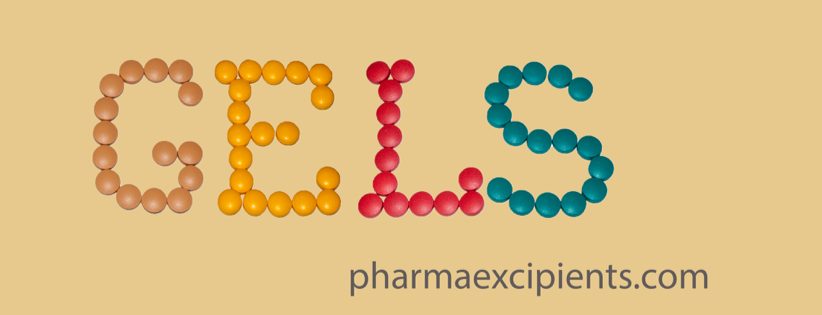Purpose
Artificial tears are widely used in the treatment of dry eye disease, although current formulations do not closely resemble natural tears. The purpose of this study was the design and characterization of a novel in situ gelling artificial tear formulation, containing both lipid and aqueous components, in order to resemble natural tears and replenish the tear film.
Methods
Liposomes, containing phosphatidylcholine, cholesterol, vitamins A and E, were prepared by the thin-film hydration method. The aqueous phase of the formulation was comprised of gellan gum, hydroxypropyl methylcellulose, levocarnitine, electrolytes (sodium chloride and potassium chloride), trehalose, and borates. The artificial tear was characterized in terms of liposome size, pH, surface tension, and viscosity. In vitro tolerance studies were performed in a human epithelial carcinoma cell line (HeLa) and a murine macrophage cell line (J774). In vivo tolerance was assessed in rabbits.
Results
Liposomes presented a unimodal distribution with a mean size of 200.1 ± 4.4 nm. The resulting surface tension was 53.4 ± 1.1 mN/m (at 33 °C) and the pH was 7.6 ± 0.1. The viscosity of the formulation presented a mean value of 4.0 ± 0.1 mPa s within the shear rate interval of 200–1000 s−1at 33 °C. Cell viability remained higher than 90% in both cell lines. No discomfort or clinical signs were observed in rabbits.
Conclusions
The liposome-based and in situ gelling artificial tear formulation presented good tolerance and suitable properties for topical ophthalmic administration. It may be beneficial in the treatment of dry eye disease.

